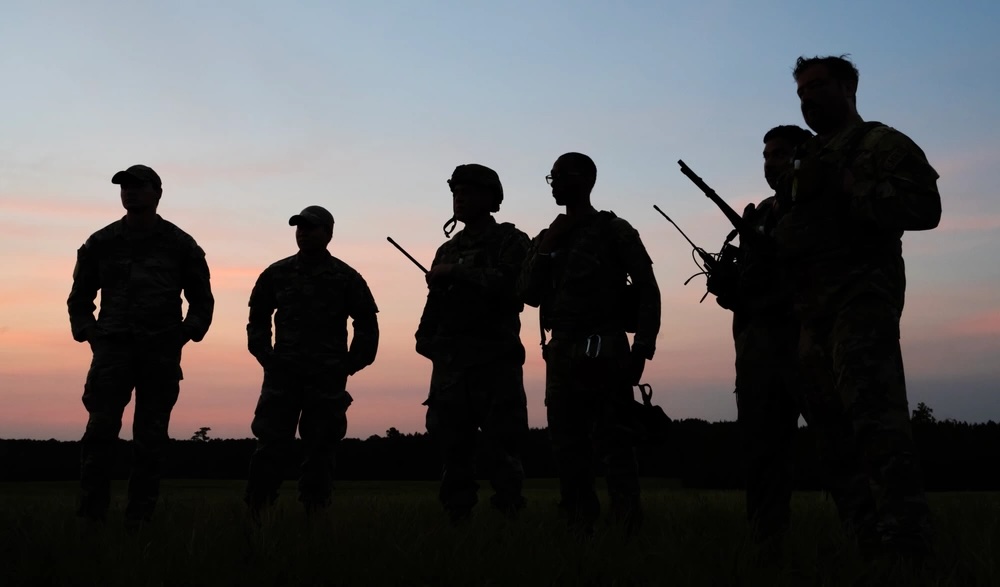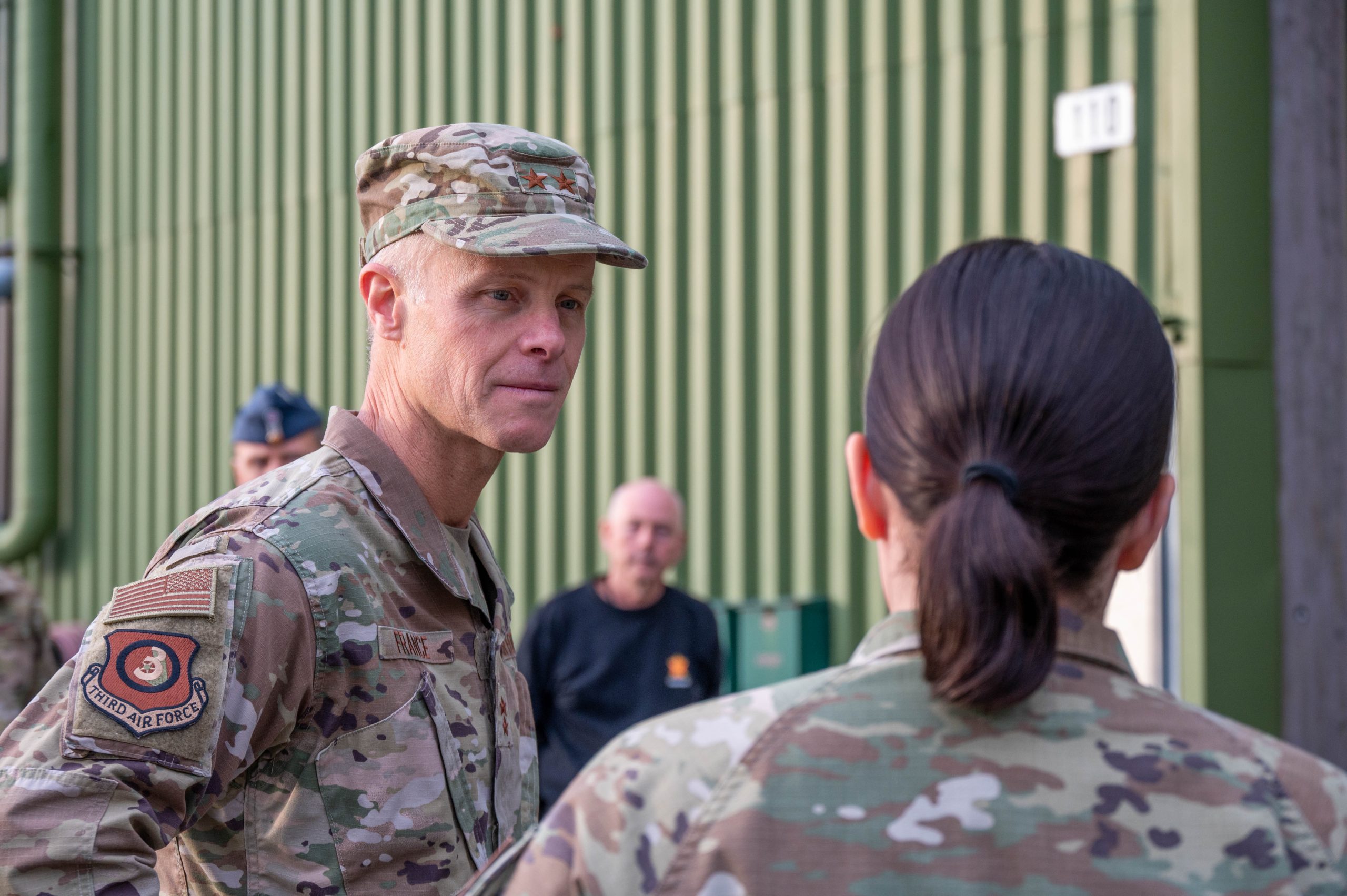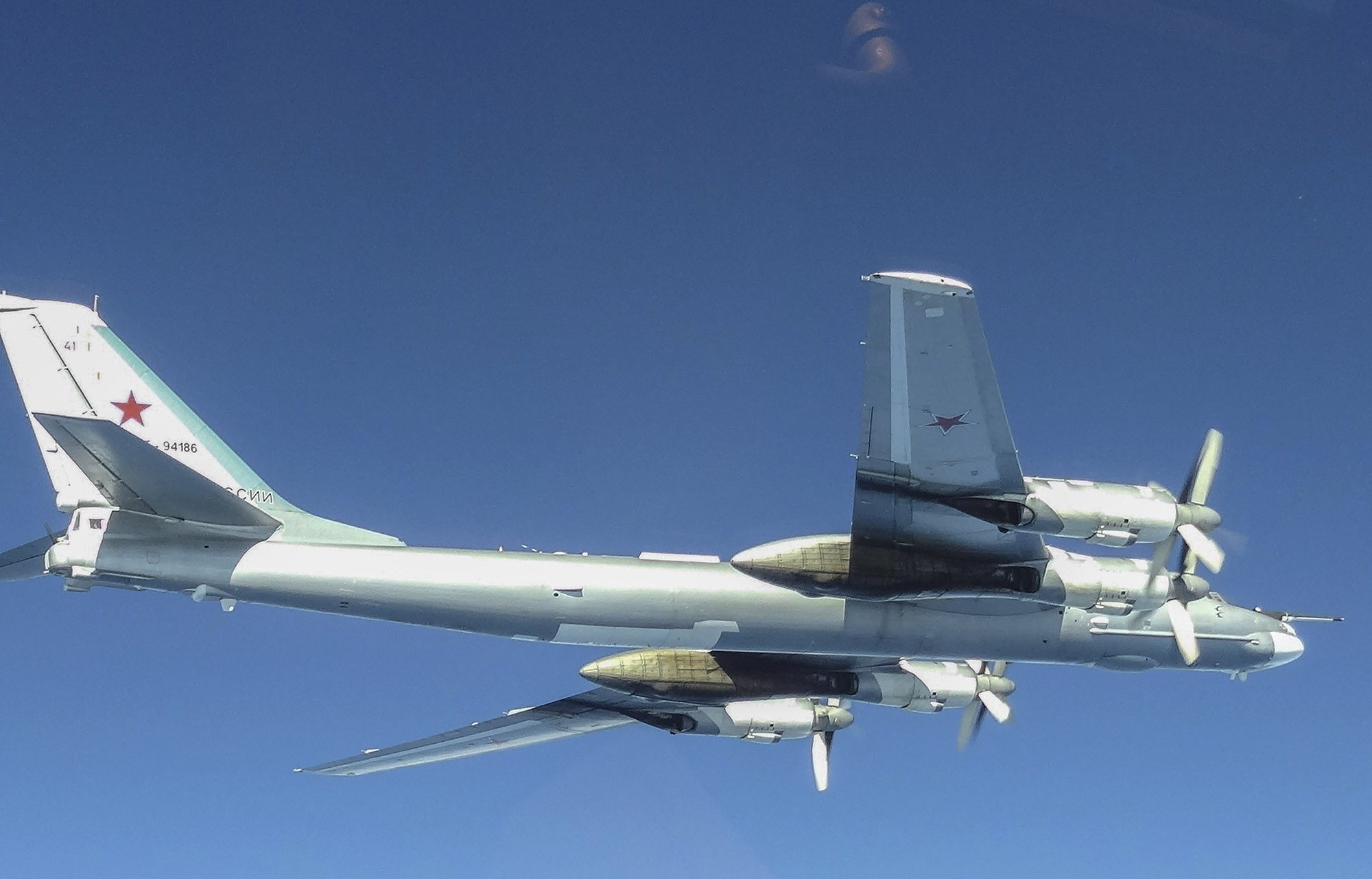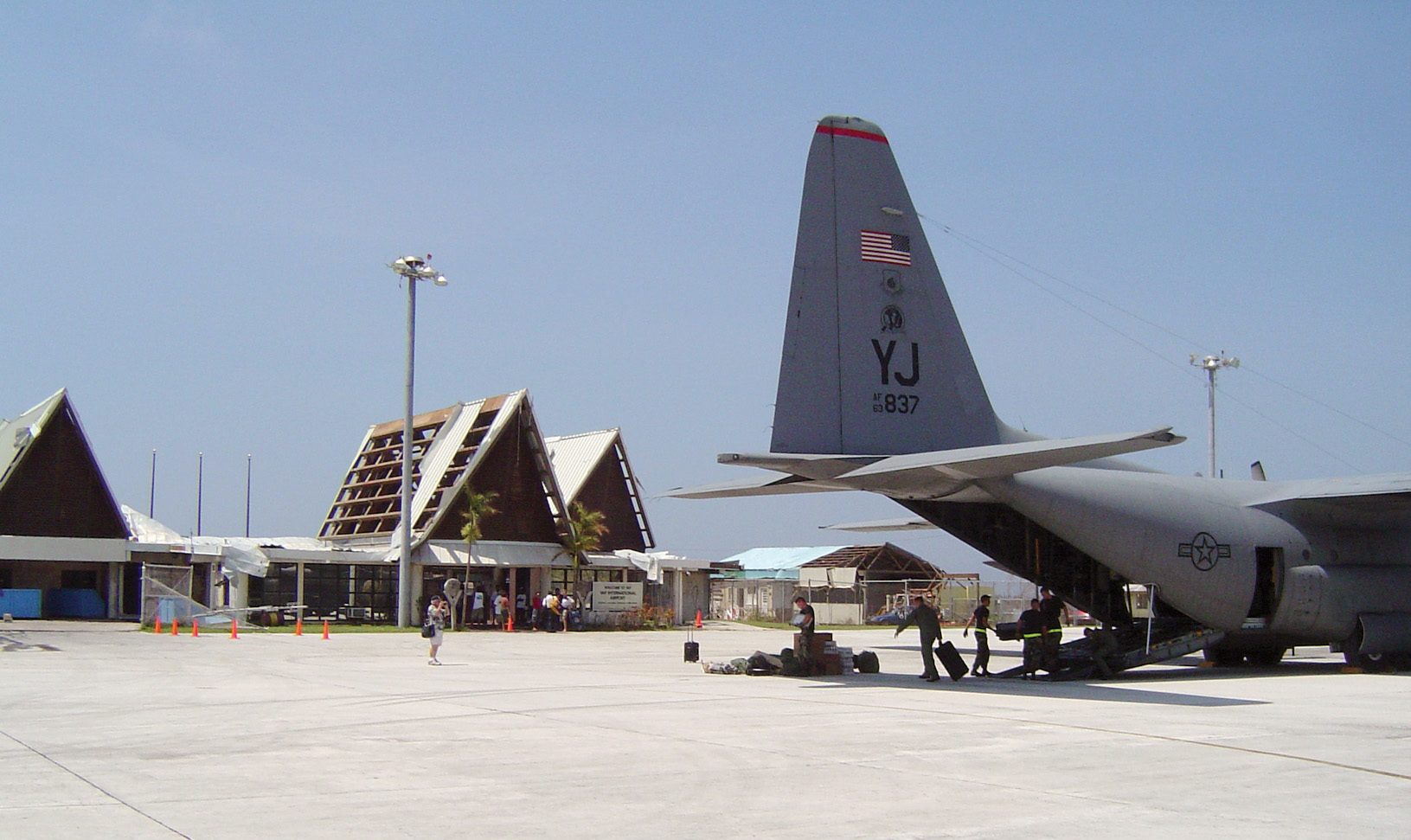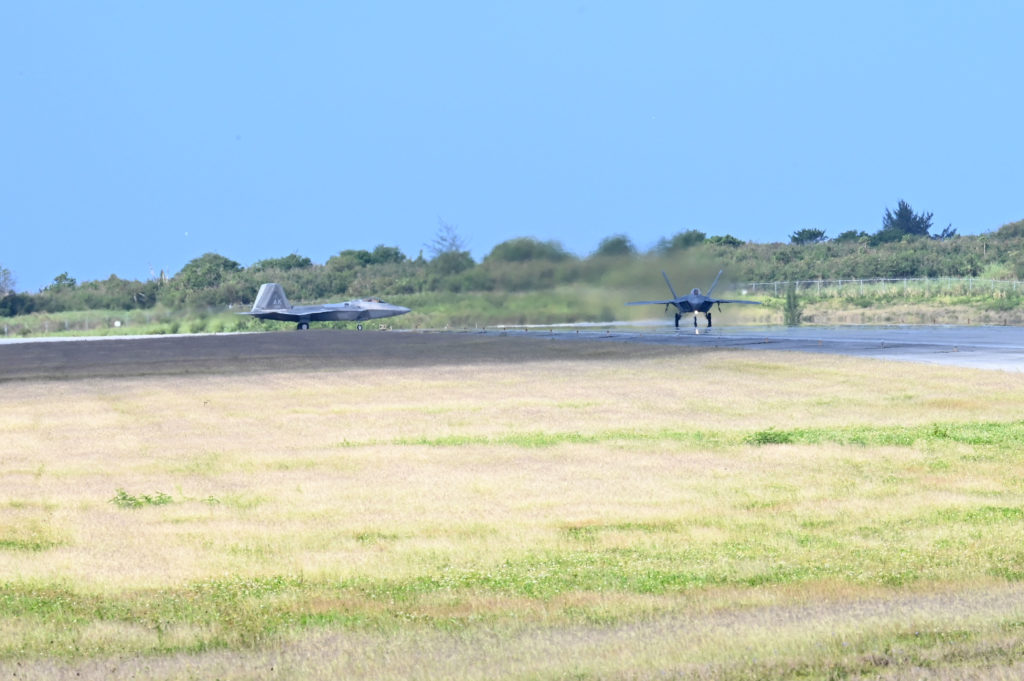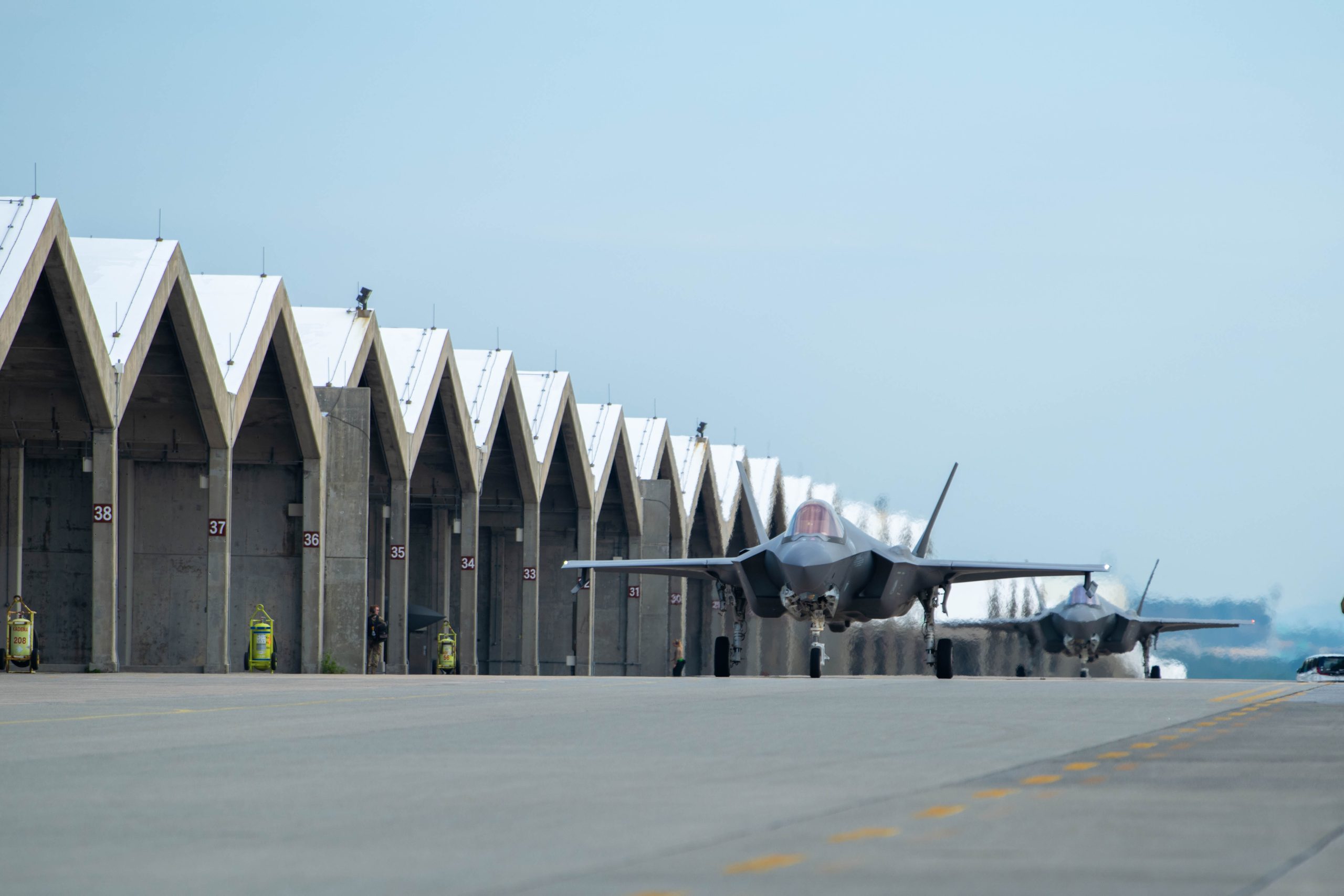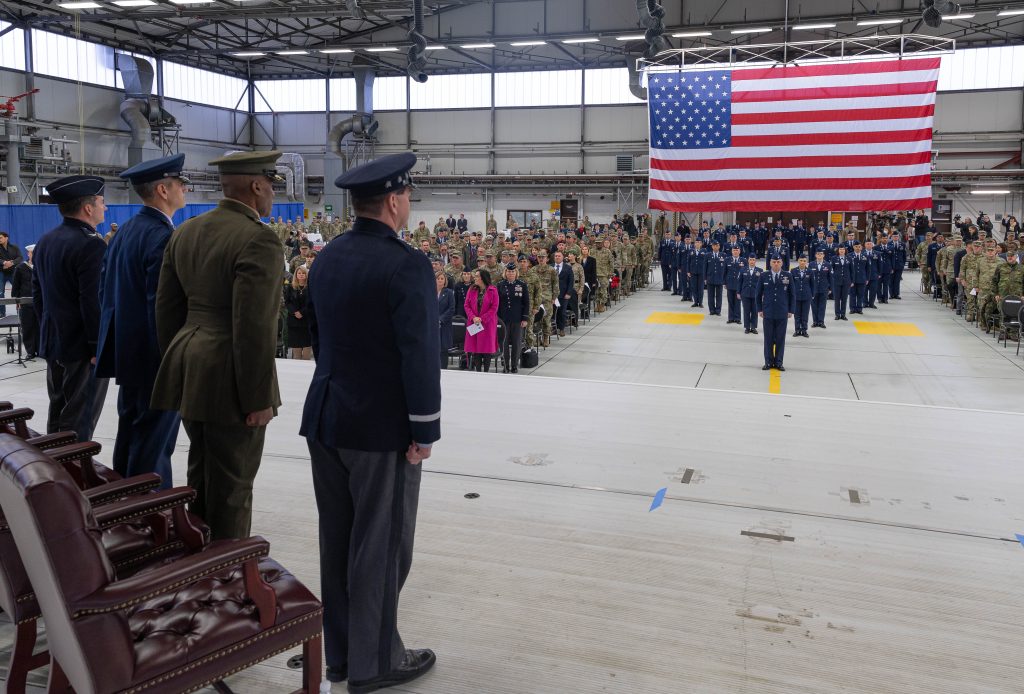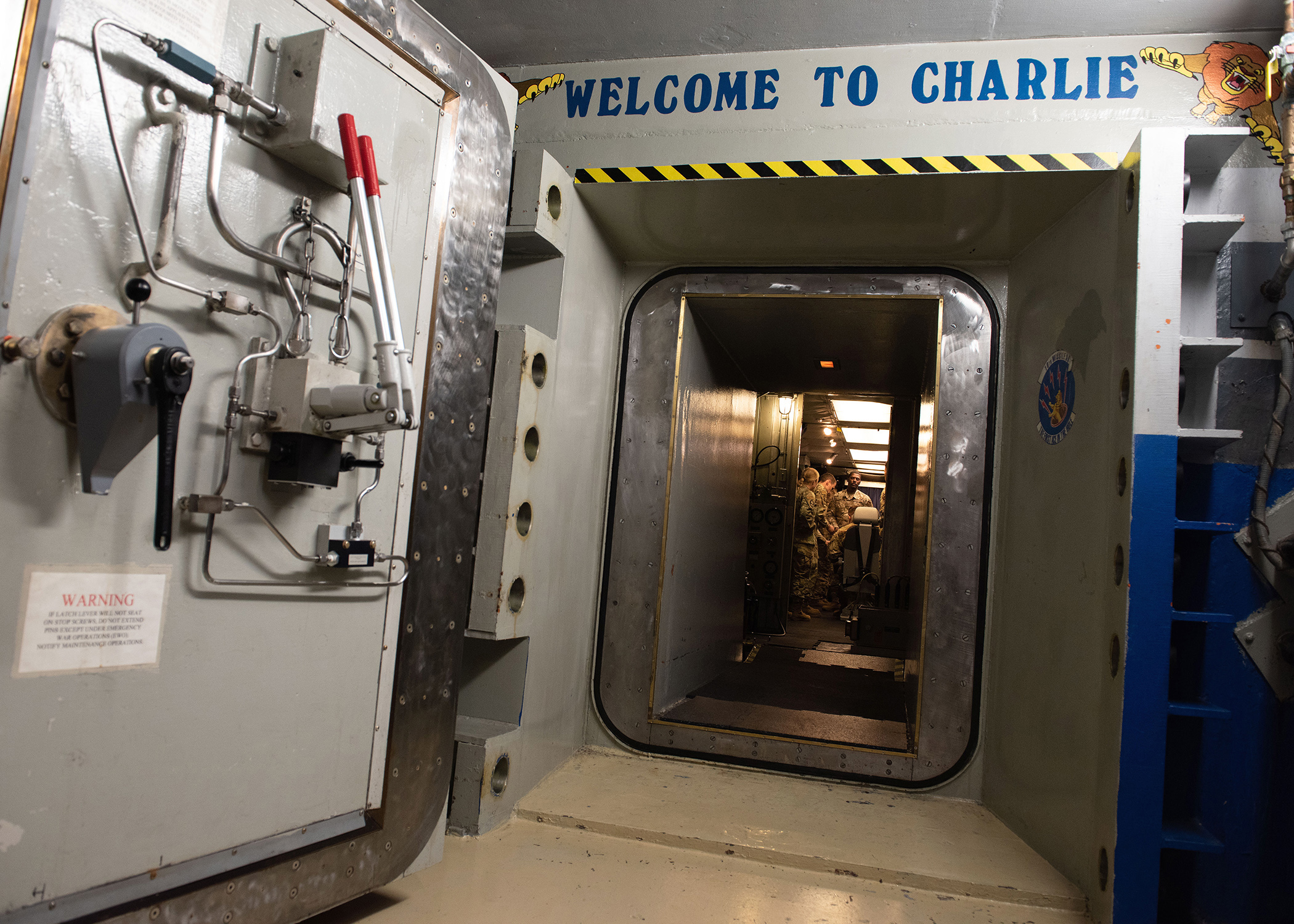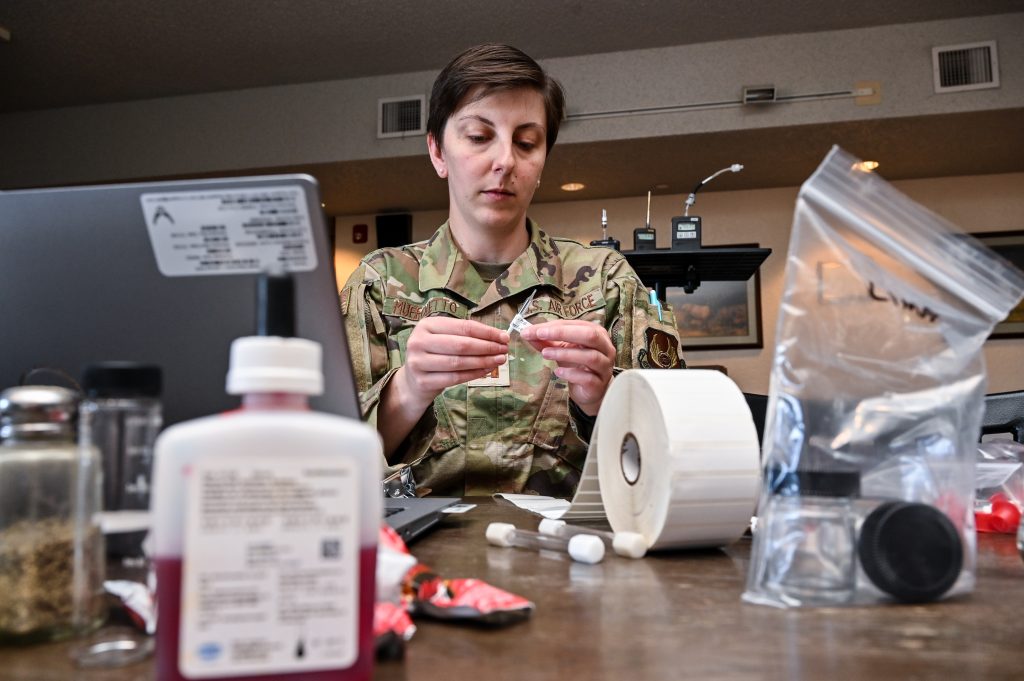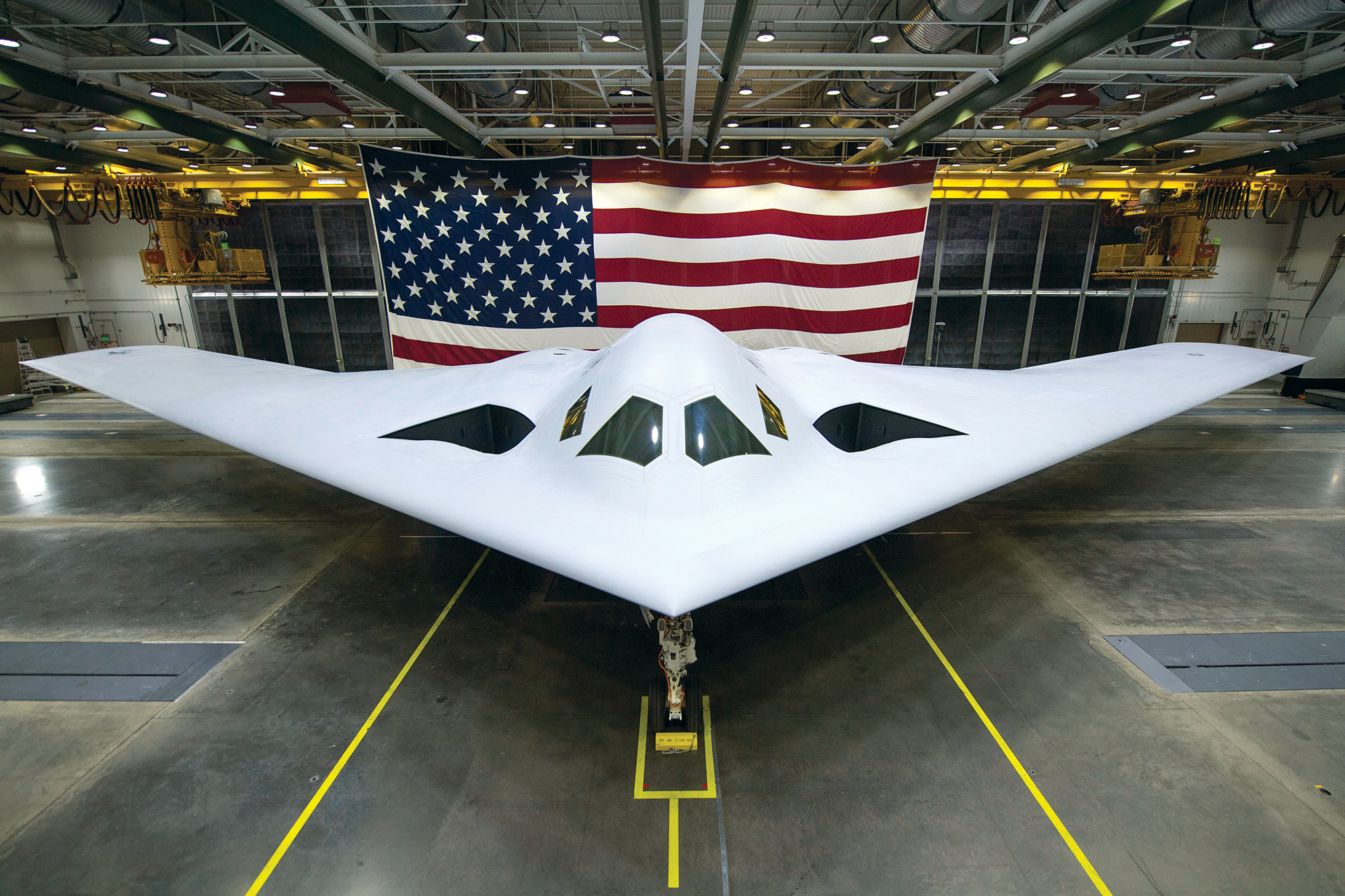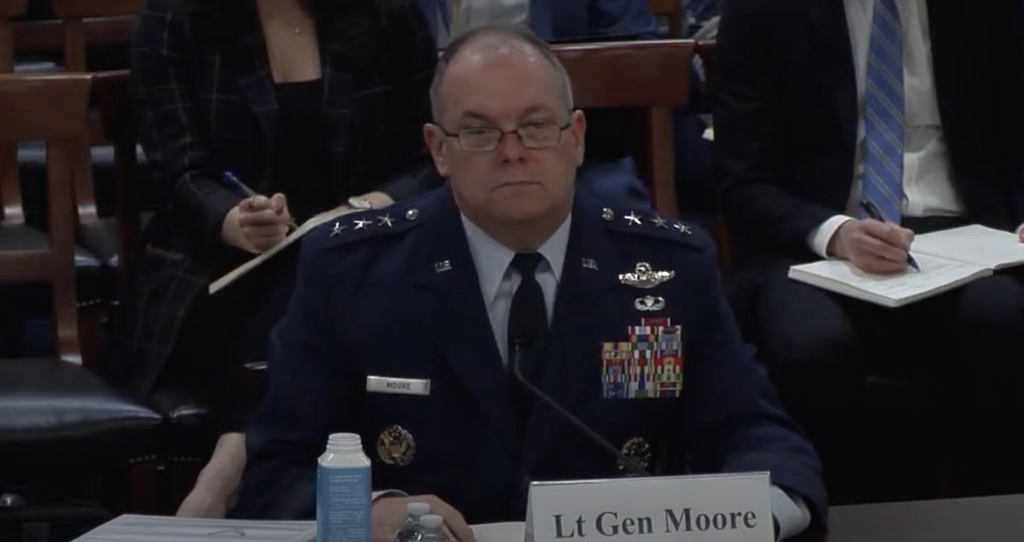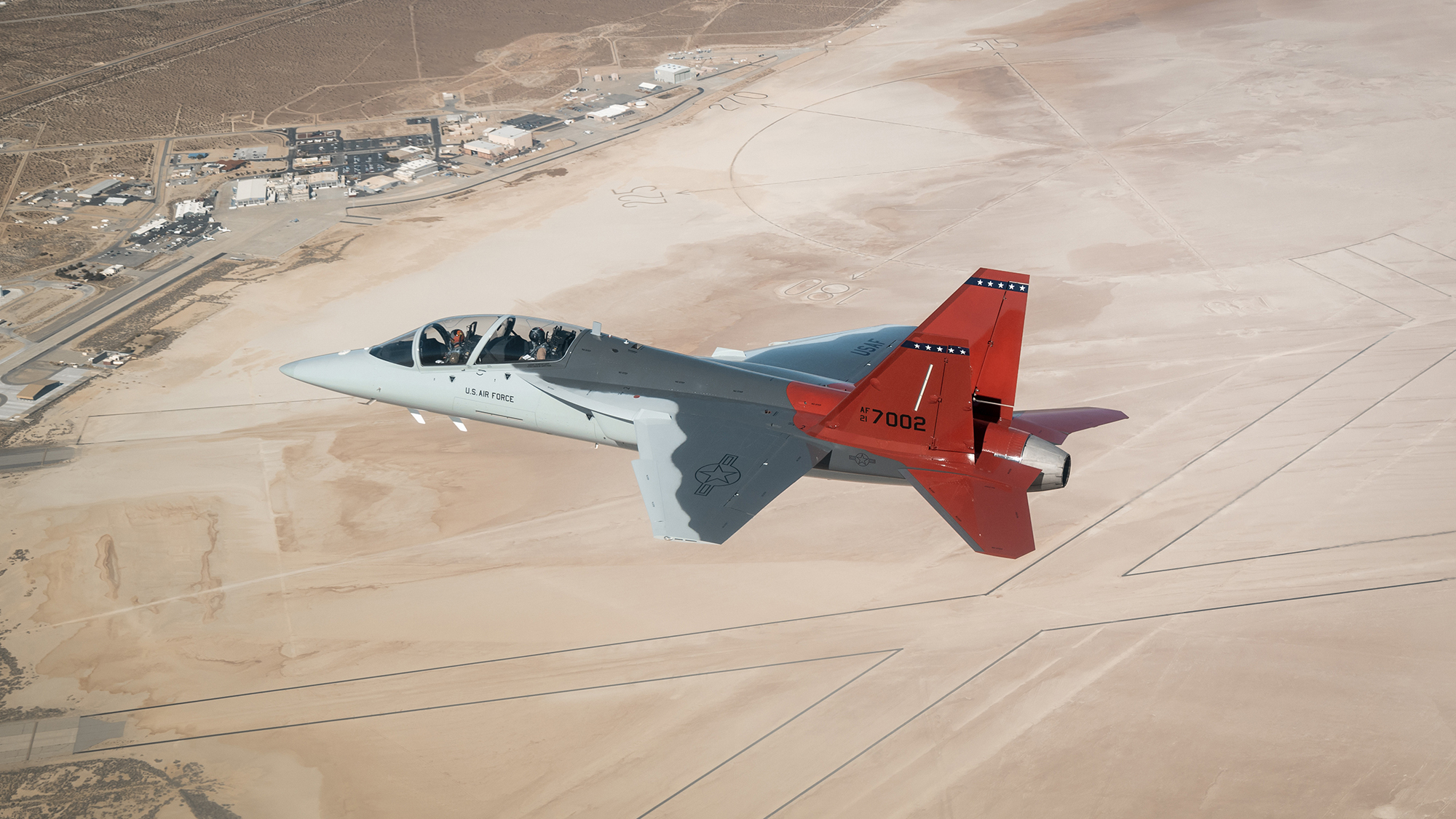Loading cargo onto an aircraft sounds simple, but it’s not.
Whether it’s a tank or a pallet of rations, each piece of cargo has to be measured, weighed, and placed in a certain order aboard the aircraft to avoid overloading any specific location or throwing off the aircraft’s center of balance. Vehicles have to be checked for loose parts and fuel leaks to keep the crew safe, and some kinds of munitions cannot be stored next to each other. Certain chemicals, batteries, and other hazardous materials have to be properly documented and double-checked for diplomatic clearance before flying to countries that limit what military aircraft can bring in.
If anything falls through the gaps, it could delay a vital airlift mission for hours or days.
Keeping track of all those factors and the paperwork involved takes training and experience, which are sometimes in short supply when the Air Force works with joint partners who may not be as well-versed in the nuance of heavy airlift. That’s why in 2019, the Air Force stood up EAGLE (Expeditionary Air Ground Liaison Element) Teams, small units of Airmen who work with sister services ahead of time, so that when the jets arrive, the cargo is ready to move.
“I’ve seen aircraft have to sit for 24 hours because the cargo they were supposed to take is not ready, it’s not prepped,” Col. Jason Herring, commander of the 621st Contingency Response Wing that oversees the EAGLE teams, told Air & Space Forces Magazine. “That’s the goal with the EAGLE teams—to make sure there are no delays in the mobility system.”
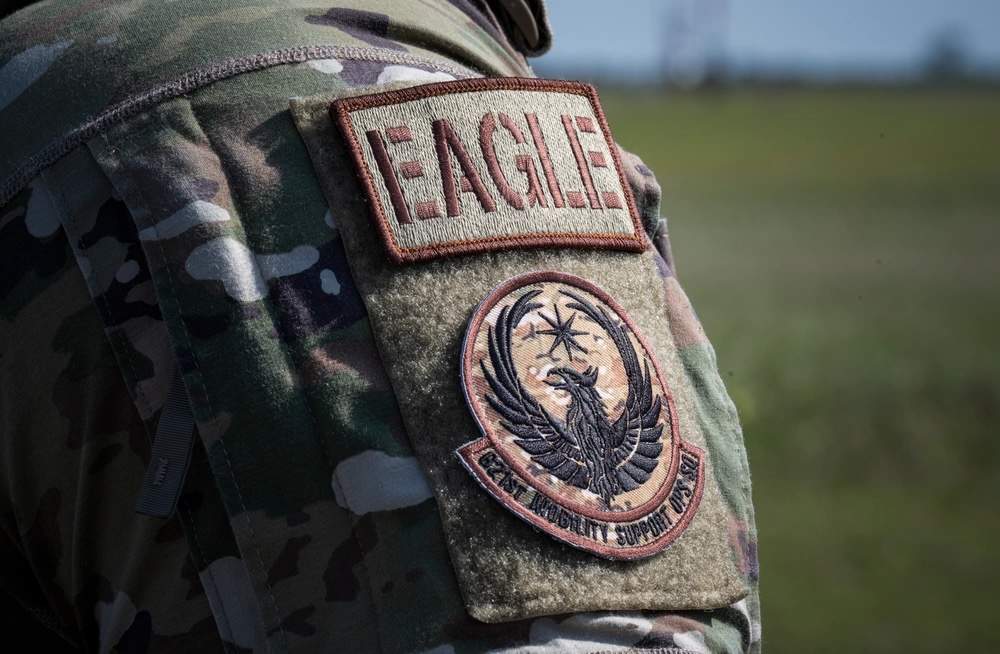
There are eight EAGLE Teams, each consisting of three Airmen, all at the Journeyman skill level (a.k.a. ‘5 level’) and above: a career enlisted aviator (typically a boom operator, loadmaster, or flight engineer) and two aerial port members. All teams are assigned to the 621st Mobility Support Operations Squadron (MSOS) at Joint Base McGuire-Dix-Lakehurst, N.J., where some stand alert in case a crisis emerges, while others visit partner forces across the country to train them in the art of preparing cargo.
“If you see delays in the system, that causes a ripple effect, especially when you’re trying to be that tip of the spear and deliver combat power as quickly as you can,” Herring said. “When there’s a high priority for our nation’s defense, and we have to get something out the door, that’s where the EAGLE team comes in extremely handy.”
In a military with constant turnover, the Air Force has to keep coaching Airmen and other service members through the cargo inspection and loading process, especially since many partner units do it just once a year or two on a deployment. The EAGLE concept grew out of the decades-old Air Mobility Command Affiliation Program, where Airmen taught load planning to joint partners. But cargo preparation failures and loading delays kept happening, so in 2019, AMC restructured the program.
“The EAGLE—a globally deployable team able to train, advise, accompany, and assist (when approved) airlift users on all readiness activities required prior to joint inspection—was born out of that restructuring,” said Lt. Col. Eric Wietlisbach, commander of the 621st MSOS.
Some EAGLE team members still teach classes to partners, sometimes in the weeks prior to a large exercise or operation. But they play a key role in “major muscle movements” Herring said, such as when the U.S. supplied aid to Israel in the weeks following Hamas’ Oct. 7 attacks and during the large-scale Mobility Guardian 23 exercise held across the Pacific last summer.
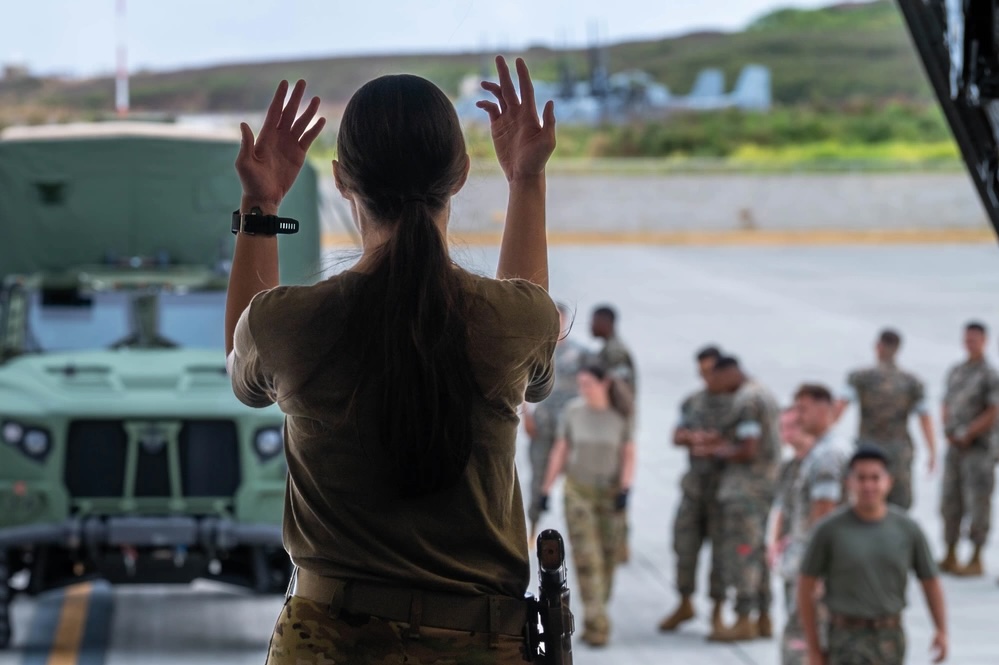
“It was phenomenal to see them in action,” the colonel said about seeing EAGLE Airmen help move Marine JLTVs and other cargo onto a C-17 in Hawaii during Mobility Guardian.
“They were right there with the aircrew, and it gave the crew the sense of ‘oh I’m not just out here on my own uploading,’” said Herring. “When they saw Air Force members coming on board and saying ‘hey here’s the load plan, we’ve already looked at all of this, we’ve already gone through it with our partner, everything’s good to go,’ and then helping that air crew get the cargo loaded … it brought a greater sense of confidence.”
EAGLE teams often work closely with Air Mobility Liaison Officers: aircrew members who embed with other services to oversee the setup and management of airdrops and airfields and coordinate with incoming aircraft. The AMLOs take a broader strategic view of airlift operations, while the EAGLE teams focus on the tactical side by making sure cargo is ready to go as soon as the aircraft is, Herring explained.
But the current force of just eight EAGLE Teams may not be enough to meet the demand if an all-out conflict ever starts in Europe or the Pacific. There is a discussion at Air Mobility Command to possibly expand the teams and create new ones in the Air National Guard and Air Force Reserve, Herring said.
“We’re a high-demand, low density-force,” Herring said about his wing.
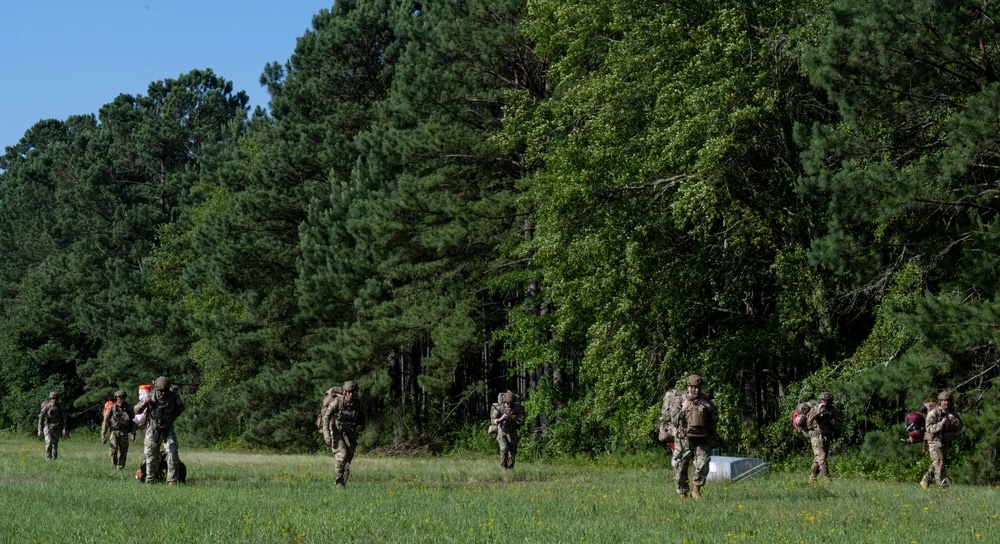
The EAGLE teams and the larger 621st Contingency Response Wing form one part of the Global Air Mobility Support System: the network of Airmen who run airfields and move cargo for transport, refueling, and aeromedical evacuation operations down range. As the Air Force prepares to operate on remote islands in the Pacific, AMC boss Gen. Mike Minihan wants GAMSS Airmen to be more like special operations forces, meaning they can operate more independently and closer to the front lines than usual.
At the 621st CRW, that means revamping equipment so that Airmen can operate at night with night vision goggles, connect to air operations centers in a contested environment, and survive and operate with partners in the field, Herring said.
“What Gen. Minihan’s charged us with is creating these smaller teams that can operate directly with partners to be able to really maximize the usage of those forces,” he explained. “That’s not just a mindset shift … but also getting the idea that you may need to operate from that forward node and preparing ourselves to be ready to do that alongside our partners.”
